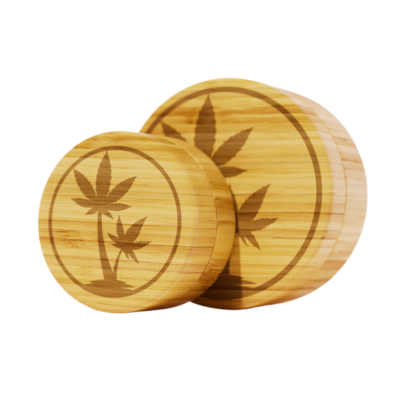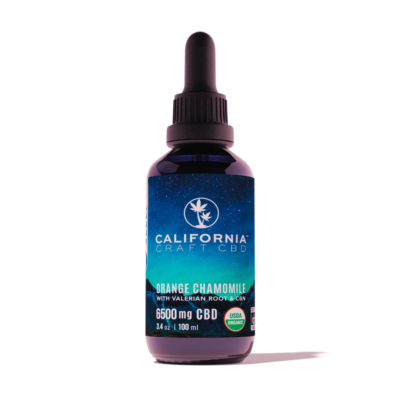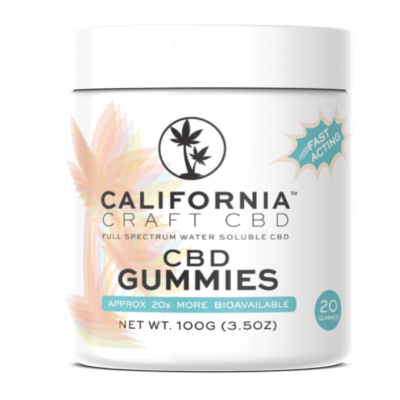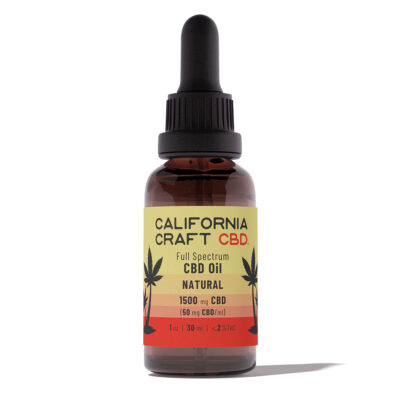Happy Friday!! The new year so far has been so packed full of weirdness that it already feels old. So, let’s get to it. Last week we began our series on regulatory practices in the Cannabis industry, you can catch up here.
The Overview
Last Friday we talked about California Prop 65 (The Safe Drinking Water and Toxic Enforcement Act of 1986) which is essentially a list of chemicals, updated on an annual basis, that are known to cause cancer or potential birth defects. Any products containing such chemicals must have a warning label. We also discussed how it the requirement has a reactionary or blanket effect when it comes to including cannabis on the list.
The History
Cannabis smoke was added to the list in 2009 as being a cause of cancer. This ultimately makes sense since the links between cancer and smoke are unquestionable. There has also been some speculation that cannabis smoke is more carcinogenic than cigarette smoke.
In 2012 the British Lung Foundation went so far as to claim that cannabis is 20x more likely to cause lung cancer than tobacco. Their findings were almost immediately debunked due to poor clinical research and bad conclusions.
But smoke is smoke so it’s understandable that it is on the list. In early 2020 though THC was also added to the list and this is where the real head-scratching begins.
But Why THC?
So why was THC added to the list? Well it turns out that In addition to the risk of lung cancer due to cannabis smoke there is also a risk of contracting oral cancer. This makes sense since smoke passes through the mouth before it gets to the lungs. So realistically cannabis smoke should cover oral cancer as well, but it doesn’t and for some reason THC is seen as being a potential cause.
THC Studies
OK, so there must be clinical studies that show that THC causes cancer, right? I mean otherwise why would it be on the list. Right??
Wrong. There are no studies that provide any kind of evidence in this regard. None. One study was conducted that focused on cancer of the head and neck associated with cannabis but there was no evidence found. At all.
You want to know what there are a ton of clinical studies about though? How marijuana, THC and CBD help cancer patients on almost every level. In fact, there is so much data and literature on the subject that it is one of the major reasons that Cannabis was approved for medical purposes in the first place.
And yet the chemical compound that is clinically credited with making a significant and overwhelmingly positive impact on cancer patients in legitimate clinical trials around the world is now required to be listed as a chemical substance that causes cancer and or birth defects.
Yeah, sure, why not. I mean it’s not like anything really makes a whole lot sense anymore anyway, so sure, the thing that cures cancer actually causes cancer. And also, we have to wage war to keep the peace, and we need criminals to make the laws for us so that they can protect us from, well, the criminals. Welcome to 2020 Part Deux.
Conclusion
Its important to be clear, no one is arguing that regulation is a bad thing. Regulation is good, it’s good for business, it’s good for consumers, and it’s good for public health and safety. But there has to be a reasonable limit.
In the case of THC there is no ‘safe harbor’ limit and as a result even the most minute amount of THC in a product requires that the product have a warning on its label as per Prop 65. This means that all CBD products with even the smallest amount of THC will have to comply. A requirement which is a costly and unnecessary regulatory burden on small companies that are already struggling to survive in a notoriously confusing and complex sector.
Next week we will look at the actual cost to CBD companies, the penalties for non-compliance and the army of crowd sourced Karen’s that will be responsible for enforcing it. Until then be well stay safe and have a great weekend.




